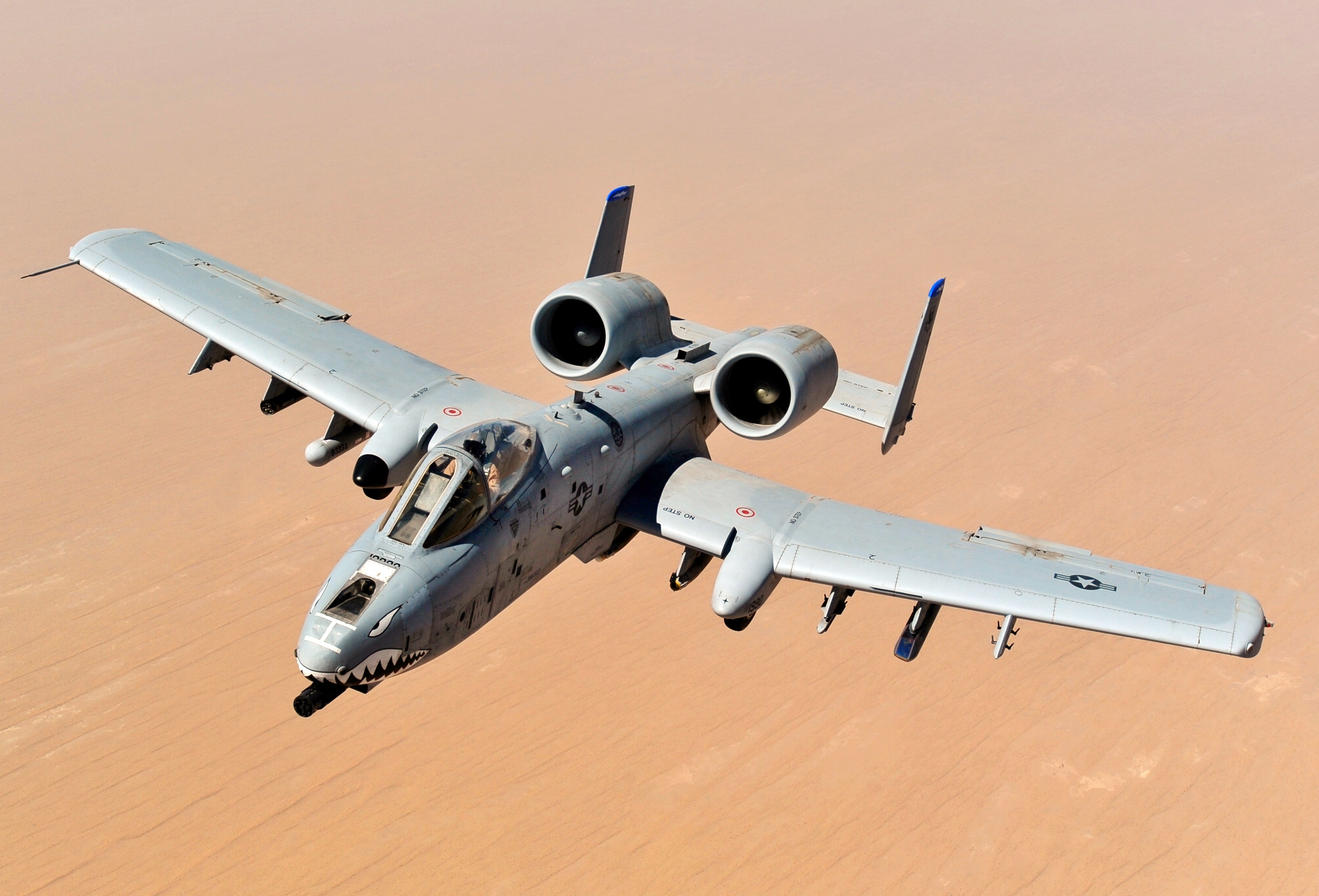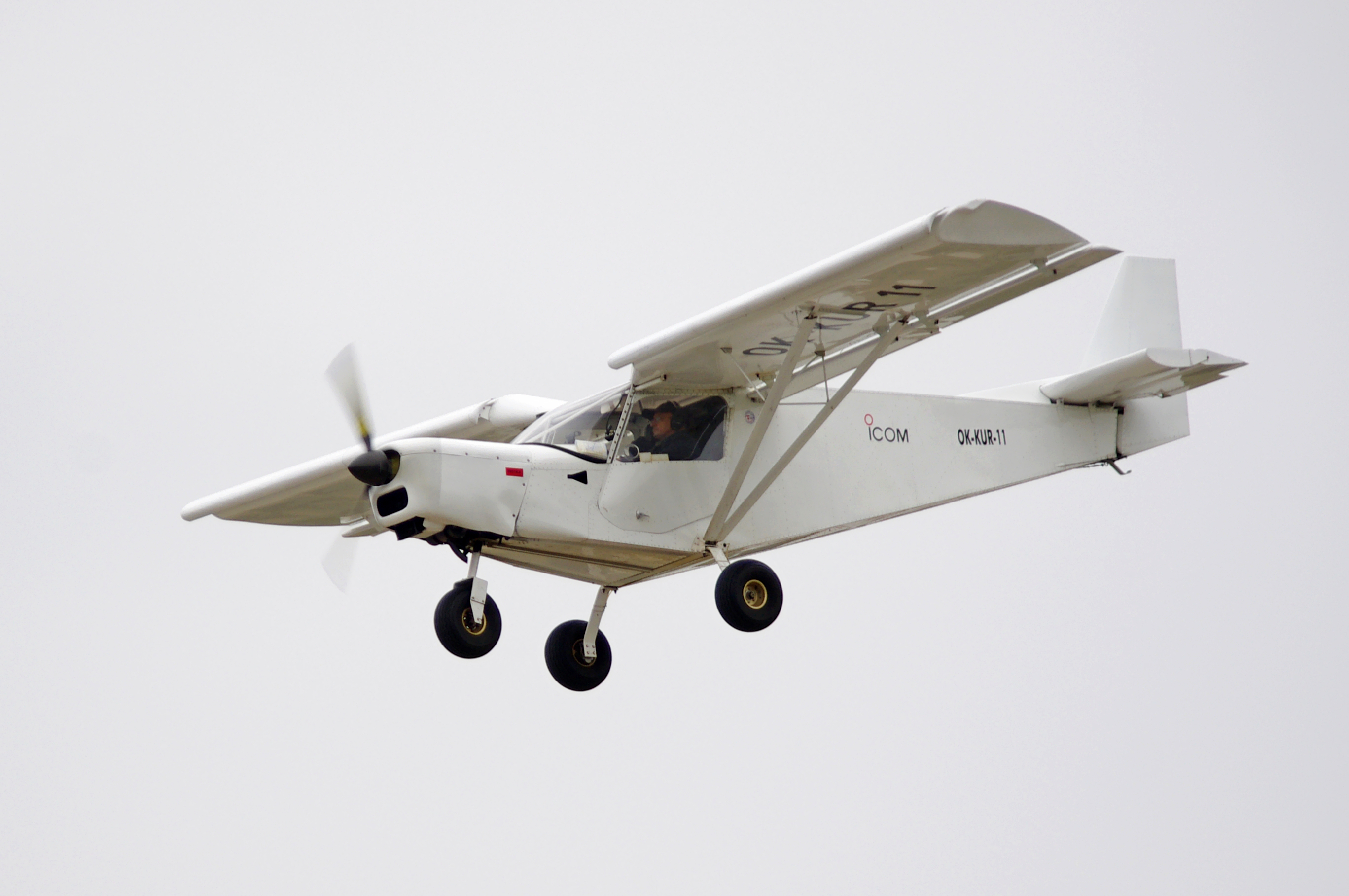|
Polikarpov Po-2
The Polikarpov Po-2 (also U-2, for its initial ''uchebnyy'', 'training', role as a flight instruction aircraft) served as an all-weather multirole Soviet biplane, nicknamed ''Kukuruznik'' (russian: Кукурузник,Gunston 1995, p. 292. NATO reporting name "Mule".) The reliable, uncomplicated design of the Po-2 design made it an ideal trainer aircraft, as well as doubling as a low-cost ground attack, aerial reconnaissance, psychological warfare and liaison aircraft during war, proving to be one of the most versatile light combat types to be built in the Soviet Union.Angelucci and Matricardi 1978, p. 214. As of 1978 it remained in production for a longer period of time than any other Soviet-era aircraft. Production figures for Polikarpov U-2 and Po-2 bombers and trainers combined are between 20,000 and 30,000 [...More Info...] [...Related Items...] OR: [Wikipedia] [Google] [Baidu] |
WikiProject Aircraft
A WikiProject, or Wikiproject, is a Wikimedia movement affinity group for contributors with shared goals. WikiProjects are prevalent within the largest wiki, Wikipedia, and exist to varying degrees within Wikimedia project, sister projects such as Wiktionary, Wikiquote, Wikidata, and Wikisource. They also exist in different languages, and translation of articles is a form of their collaboration. During the COVID-19 pandemic, CBS News noted the role of Wikipedia's WikiProject Medicine in maintaining the accuracy of articles related to the disease. Another WikiProject that has drawn attention is WikiProject Women Scientists, which was profiled by ''Smithsonian Magazine, Smithsonian'' for its efforts to improve coverage of women scientists which the profile noted had "helped increase the number of female scientists on Wikipedia from around 1,600 to over 5,000". On Wikipedia Some Wikipedia WikiProjects are substantial enough to engage in cooperative activities with outside organization ... [...More Info...] [...Related Items...] OR: [Wikipedia] [Google] [Baidu] |
Attack Aircraft
An attack aircraft, strike aircraft, or attack bomber is a tactical military aircraft that has a primary role of carrying out airstrikes with greater precision than bombers, and is prepared to encounter strong low-level air defenses while pressing the attack.Mortensen 1987, pp. 24–25. This class of aircraft is designed mostly for close air support and naval air-to-surface missions, overlapping the tactical bomber mission. Designs dedicated to non-naval roles are often known as ground-attack aircraft.Gunston 2009, p. 73. Fighter aircraft often carry out the attack role, although they would not be considered attack aircraft ''per se'', although fighter-bomber conversions of those same aircraft would be considered part of the class. Strike fighters, which have effectively replaced the fighter-bomber and light bomber concepts, also differ little from the broad concept of an attack aircraft. The dedicated attack aircraft as a separate class existed primarily during and after ... [...More Info...] [...Related Items...] OR: [Wikipedia] [Google] [Baidu] |
Soviet Partisans
Soviet partisans were members of resistance movements that fought a guerrilla war against Axis forces during World War II in the Soviet Union, the previously Soviet-occupied territories of interwar Poland in 1941–45 and eastern Finland. The activity emerged after Nazi Germany's Operation Barbarossa was launched from mid-1941 on. It was coordinated and controlled by the Soviet government and modeled on that of the Red Army. The partisans made a significant contribution to the war by countering German plans to exploit occupied Soviet territories economically, gave considerable help to the Red Army by conducting systematic attacks against Germany's rear communication network, disseminated political rhetoric among the local population by publishing newspapers and leaflets, and succeeded in creating and maintaining feelings of insecurity among Axis forces. Soviet partisans also operated on interwar Polish and Baltic territories occupied by the Soviet Union in 1939–1940, ... [...More Info...] [...Related Items...] OR: [Wikipedia] [Google] [Baidu] |
Medevac
Medical evacuation, often shortened to medevac or medivac, is the timely and efficient movement and en route care provided by medical personnel to wounded being evacuated from a battlefield, to injured patients being evacuated from the scene of an accident to receiving medical facilities, or to patients at a rural hospital requiring urgent care at a better-equipped facility using medically equipped air ambulances, especially helicopters. Examples include civilian EMS vehicles, civilian aeromedical helicopter services, and military air ambulances. This term also covers the transfer of patients from the battlefield to a treatment facility or from one treatment facility to another by medical personnel, such as from a local hospital to a trauma center. History The first medical transport by air was recorded in Serbia in the autumn of 1915 during First World War. One of the ill soldiers in that first medical transport was Milan Rastislav Štefánik, a Slovak pilot-volunteer who ... [...More Info...] [...Related Items...] OR: [Wikipedia] [Google] [Baidu] |
World War II
World War II or the Second World War, often abbreviated as WWII or WW2, was a world war that lasted from 1939 to 1945. It involved the World War II by country, vast majority of the world's countries—including all of the great powers—forming two opposing military alliances: the Allies of World War II, Allies and the Axis powers. World War II was a total war that directly involved more than 100 million Military personnel, personnel from more than 30 countries. The major participants in the war threw their entire economic, industrial, and scientific capabilities behind the war effort, blurring the distinction between civilian and military resources. Air warfare of World War II, Aircraft played a major role in the conflict, enabling the strategic bombing of population centres and deploying the Atomic bombings of Hiroshima and Nagasaki, only two nuclear weapons ever used in war. World War II was by far the List of wars by death toll, deadliest conflict in hu ... [...More Info...] [...Related Items...] OR: [Wikipedia] [Google] [Baidu] |
Eastern Front (World War II)
The Eastern Front of World War II was a Theater (warfare), theatre of conflict between the European Axis powers against the Soviet Union (USSR), Polish Armed Forces in the East, Poland and other Allies of World War II, Allies, which encompassed Central Europe, Eastern Europe, Northern Europe, Northeast Europe (Baltic states, Baltics), and Southeast Europe (Balkans) from 22 June 1941 to 9 May 1945. It was known as the Great Patriotic War (term), Great Patriotic War in the Soviet Union – and still is in some of its successor states, while almost everywhere else it has been called the ''Eastern Front''. In present-day German and Ukrainian historiography the name German-Soviet War is typically used. The battles on the Eastern Front of the Second World War constituted the largest military confrontation in history. They were characterised by unprecedented ferocity and brutality, wholesale destruction, mass deportations, and immense loss of life due to combat, starvation, expos ... [...More Info...] [...Related Items...] OR: [Wikipedia] [Google] [Baidu] |
STOL
A short takeoff and landing (STOL) aircraft is a conventional fixed-wing aircraft that has short runway requirements for takeoff and landing. Many STOL-designed aircraft also feature various arrangements for use on airstrips with harsh conditions (such as high altitude or ice). STOL aircraft, including those used in scheduled passenger airline operations, have also been operated from STOLport airfields which feature short runways. Design considerations Many fixed-wing STOL aircraft are bush planes, though some, like the de Havilland Canada Dash-7, are designed for use on prepared airstrips; likewise, many STOL aircraft are taildraggers, though there are exceptions like the PAC P-750 XSTOL, the Quest Kodiak, the de Havilland Canada DHC-6 Twin Otter and the Peterson 260SE. Autogyros also have STOL capability, needing a short ground roll to get airborne, but capable of a near-zero ground roll when landing. Runway length requirement is a function of the square of the ... [...More Info...] [...Related Items...] OR: [Wikipedia] [Google] [Baidu] |
Bundesarchiv Bild 169-0112, Russland, Erbeutetes Flugzeug Po-2 - Restored
, type = Archive , seal = , seal_size = , seal_caption = , seal_alt = , logo = Bundesarchiv-Logo.svg , logo_size = , logo_caption = , logo_alt = , image = Bundesarchiv Koblenz.jpg , image_caption = The Federal Archives in Koblenz , image_alt = , formed = , preceding1 = , preceding2 = , dissolved = , superseding1 = , superseding2 = , agency_type = , jurisdiction = , status = Active , headquarters = PotsdamerStraße156075Koblenz , coordinates = , motto = , employees = , budget = million () , chief1_name = Michael Hollmann , chief1_position = President of the Federal Archives , chief2_name = Dr. Andrea Hänger , chief2_position ... [...More Info...] [...Related Items...] OR: [Wikipedia] [Google] [Baidu] |
Shvetsov M-11
The Shvetsov M-11 is a five-cylinder air-cooled radial aircraft engine produced in the Soviet Union between 1923 and 1952.Gunston 1989, p.158. Design and development The Shvetsov M-11 was designed under a 1923 competition in the Soviet Union for a new engine to power trainer aircraft. It is a single-row five-cylinder air-cooled radial piston engine with aluminum cylinder heads. Like the American Kinner B-5 5-cylinder radial of similar size, the M-11 had individual camshafts for each cylinder, operating the pushrods, rather than a single central cam ring. The initial versions of the M-11 suffered from a short service life of only 50 hours. The basic M-11 engine had a power output of 100 hp (73 kW), the newer M-11D variant was higher at 125 hp (92 kW). The ultimate version, M-11FR, introduced in 1946, increased power output to 160 hp at 1,900 rpm on takeoff and 140 hp at cruise and had provisions for a variable-pitch propeller, accessory drive (for v ... [...More Info...] [...Related Items...] OR: [Wikipedia] [Google] [Baidu] |
Avro 504
The Avro 504 was a First World War biplane aircraft made by the Avro aircraft company and under licence by others. Production during the war totalled 8,970 and continued for almost 20 years, making it the most-produced aircraft of any kind that served in any military capacity during the First World War. More than 10,000 were built from 1913 until production ended in 1932. Design and development First flown from Brooklands by Fred "Freddie" Raynham on 18 September 1913,Jackson 1990, p.52. powered by an Gnome Lambda seven-cylinder rotary engine, the Avro 504 was a development of the earlier Avro 500, designed for training and private flying. It was a two-bay all-wooden biplane with a square-section fuselage. Manufacturers The following companies are recorded as manufacturing the Avro 504 under licence. * A. V. Roe and Co Ltd., Park Works, Newton Heath, Manchester; and at Hamble Aerodrome, near Southampton, Hants * Australian Aircraft and Engineering, Sydney, NSW, Aust ... [...More Info...] [...Related Items...] OR: [Wikipedia] [Google] [Baidu] |
Nikolai Polikarpov
Nikolai Nikolaevich Polikarpov (russian: Никола́й Никола́евич Полика́рпов; – 30 July 1944) was a Soviet aeronautical engineer and aircraft designer, known as the "King of Fighters". He designed the I-15 series of fighters, and the I-16 Ishak (russian: ишак, translation = donkey phonetically close to its russian: И-16 or russian: И-шестнадцать, translit = I-shestnadtsat', translation = I-sixteen designation) "Little Donkey" fighter. Biography Polikarpov was born in the village of Georgievskoye near Livny in Oryol Governorate. He was the son of a village priest in the Russian Orthodox Church. He initially also trained for the priesthood and studied at the Oryol Seminary before moving to Saint Petersburg Polytechnical University in 1911, where he became fascinated with the fledgling aviation work being carried out under the shipbuilding department. Polikarpov graduated in 1916 and went to work for Igor Sikorski, the head of produ ... [...More Info...] [...Related Items...] OR: [Wikipedia] [Google] [Baidu] |



.jpg)



